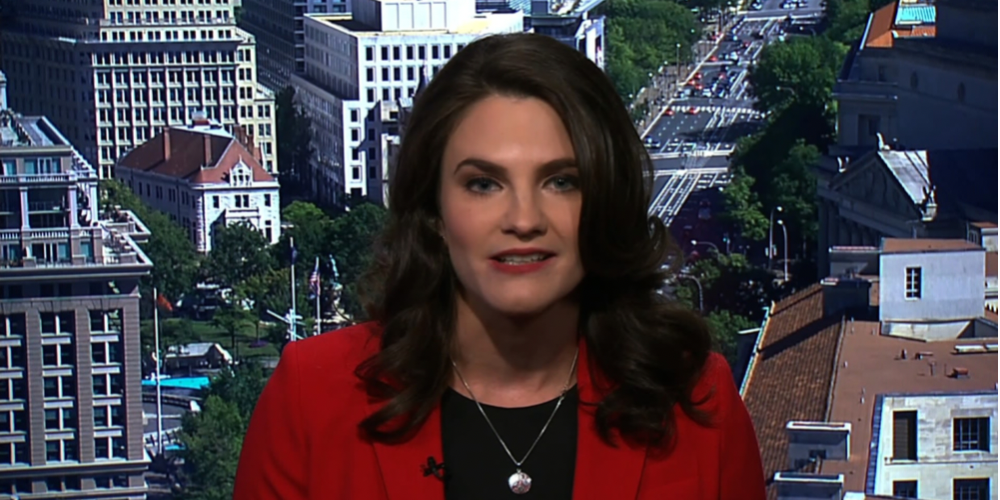AEI
Americans are rightly in a sour mood, driven by pandemic fatigue as well as record gas prices, 40-year-high inflation, an unprecedented labor shortage, federal debt eclipsing $30 trillion, and now an infant formula crisis.
Even the Joe Biden administration seems to admit a change in course is needed, such as when they acknowledged last week in their “Biden-Harris Inflation Plan” that “one of the main ways Congress and the executive branch can act to lower price pressures is to reduce the federal budget deficit.”
That’s an ironic turn for an administration whose signature March 2021 American Rescue Plan added $1.7 trillion to deficits in the past two years, and whose failed Build Back Better plan would have added even more.
But all that is relative chump change compared with the avalanche of deficit spending proposed early in the pandemic by Vice President Kamala Harris in her now largely forgotten Monthly Economic Crisis Support Act.
That legislation may be the most expensive and—given the administration’s latest take on combatting inflation—ill-advised bill ever proposed.
The Harris bill, which she introduced in May 2020 while still serving in the Senate, proposed creating monthly federal “crisis payments” of $2,000 per person throughout the pandemic and beyond.
Payments would have phased out only for high-income households (defined as having an adjusted gross income above $100,000 for singles and $200,000 for those filing jointly), meaning the vast majority of Americans would have qualified for monthly checks, backdated to March 2020.
Counting two parents and up to three eligible children, households would have received up to $10,000 per month or an astonishing $120,000 per year. That’s nearly double the US median household income of $67,521 in 2020.
Surely such enormous payments would have replaced other government benefits, right? Nope. Harris’ legislation proposed paying these checks on top of other benefits, like $600-per-week unemployment bonuses that flowed to 29 million claimants the week she introduced her bill.
Counting her crisis payments, those and other unemployment benefits would have resulted in a household of five with two unemployed adults collecting over $18,000 each month in government checks early in the pandemic.
The $600 unemployment bonuses subsequently dropped to $300, and along with other pandemic unemployment benefits ended on Labor Day 2021.
But had it become law, Harris’ bill would have continued its crisis payments in all states even today, as she proposed tying them to the federal government’s declaration of a COVID public health emergency.
Health and Human Services Secretary Xavier Becerra last month renewed that declaration through mid-July. Under Harris’ bill, checks would have continued to flow for three months after the emergency expired, meaning payments would have been guaranteed through at least October 2022.
Over the 32-month period between March 2020 and October 2022, a typical family of four would have coll…


